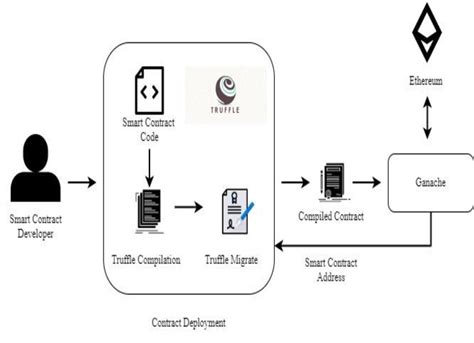- CRYPTOCURRENCY
-
by admin
The Global Nature of the Ethereum Transaction Pool: A Closer Look
In recent years, there has been a common misconception that all Ethereum miners participate in the same global transaction pool, as if they were all competing for a single shared block. While it is true that many miners work together to validate transactions and create blocks on the Ethereum network, the reality is more complex.
What is a transaction pool?
A transaction pool, also known as a mining pool or a node pool, is a collection of computers (nodes) that work together to solve complex mathematical problems in exchange for rewards. These problems are usually designed by the Ethereum team and involve validating transactions on the network. When a miner solves these problems, they earn a certain amount of Ether (ETH) as a reward.
Global vs. Local Transaction Pools
At the local level, each node is responsible for its own transaction pool. Each node has its own set of miners, validators, and other nodes that participate in the network. This means that there are many independent groups of miners working together to validate transactions on their respective blocks.
However, when we look at the global nature of the Ethereum transaction pool, things get more interesting. The Ethereum team has a unique approach to mining pools, which allows multiple local pools to cooperate and share resources.
The “Beacon” Architecture

Ethereum introduced the concept of the “beacon” architecture in 2015, which allowed miners to participate in a global transaction pool without having to be on the same node. Beacons are essentially large, centralized nodes that act as intermediaries between different local pools. These beacons receive and validate transactions from multiple local pools, then pass them on to other pools for validation.
Three-lane Structure
In 2016, Ethereum introduced a three-lane structure to its transaction pool architecture:
- Local Pools: Miners in each local pool work together to validate transactions.
- Lighthouses: These nodes receive and validate transactions from multiple local pools, then forward them to other pools for validation.
- Global Pool: The final layer is a global, shared pool where all participating miners come together to validate transactions.
Miner Participation
Although each miner participates in the transaction pool, they do not actually “pick up” Transaction 1 in their candidate block. Instead, the transaction is first validated across multiple local pools before being forwarded to the lighthouses for further validation. Final validation occurs within the global pool, where all participating miners come together to confirm the validity of the transactions.
In Conclusion
To summarize, the Ethereum transaction pool architecture allows multiple local pools to cooperate and share resources without needing to be on the same node. This three-lane structure allows for a shared global transaction pool that is used by miners around the world. While individual miners can participate in a local pool, they do not directly “pick up” Transaction 1 in their candidate block; instead, it is first validated across multiple local pools before being passed to beacons for further validation.
This unique architecture allows for the creation of a global, decentralized network that enables efficient and secure transaction processing.
